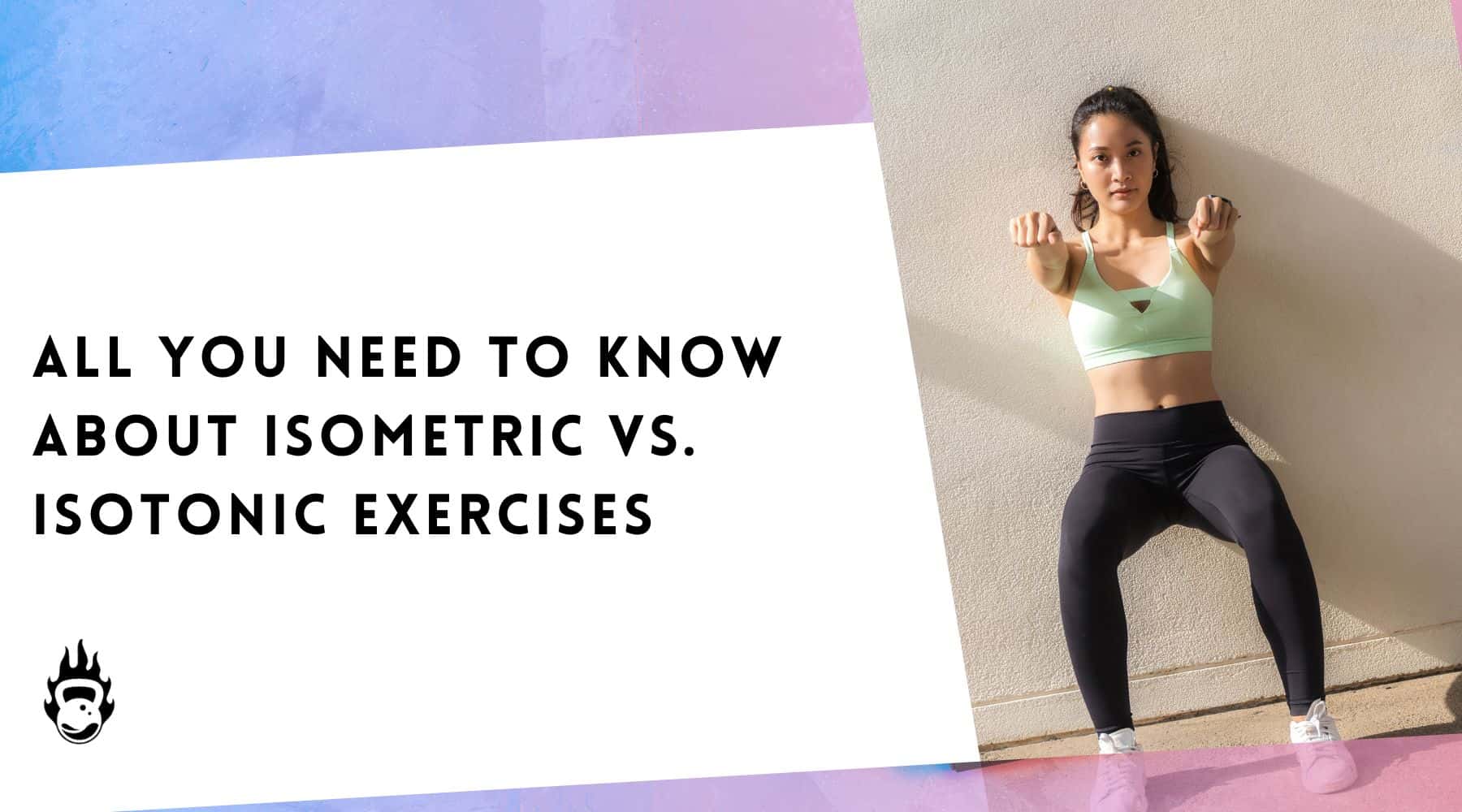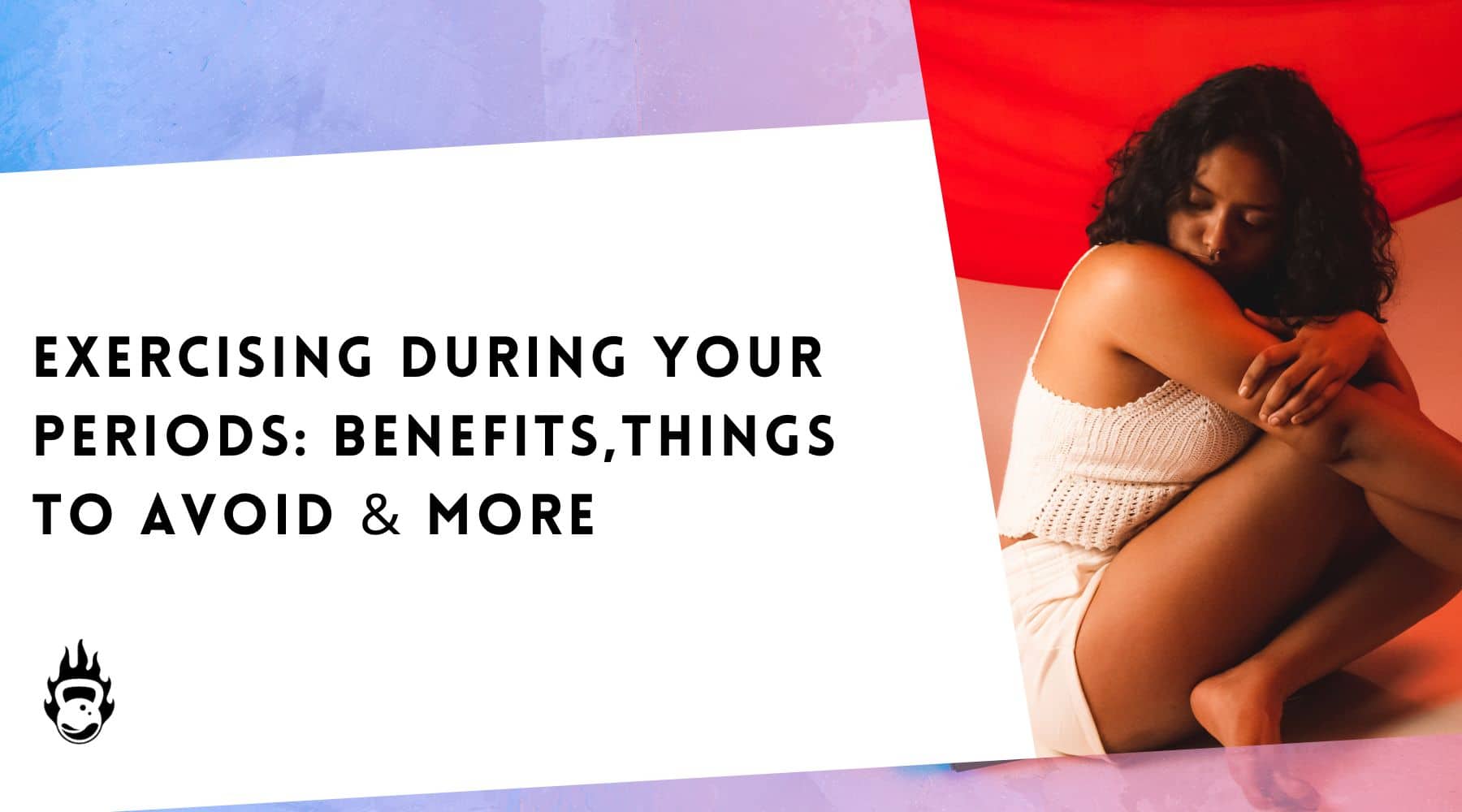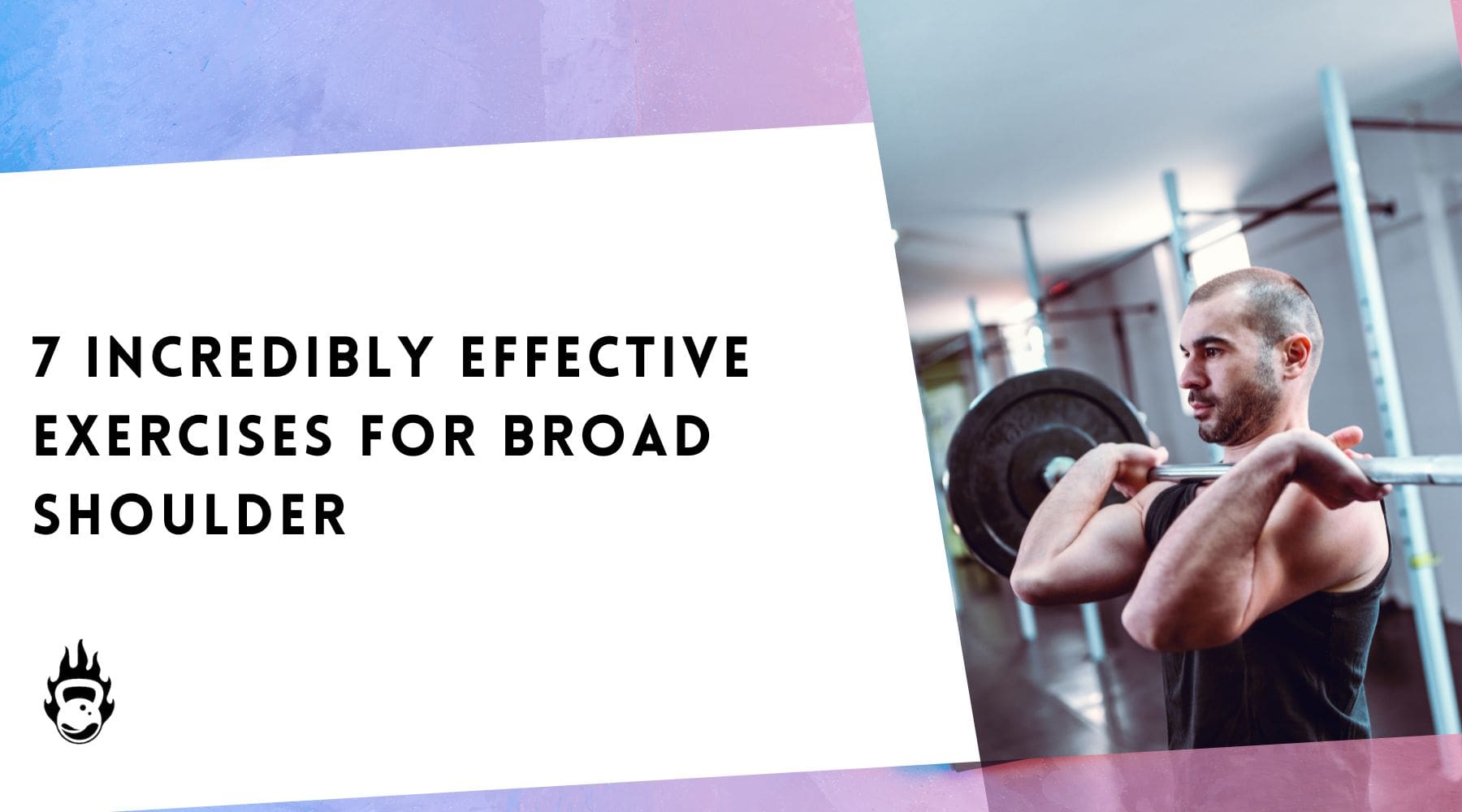How to select a jump rope?

Your choice of jump rope will depend on different factors such as your goals or purpose, your proficiency, the type of surface you wish to jump on, the rope length, the handle length, and the handle material.
1. Proficiency
For beginners, we recommend using a high or medium-density rope such as plastic or PVC skipping ropes or a thick (4mm) steel cable rope.
Beaded ropes are also great for beginners as they spin slower and hence give you good feedback that helps you work on your timing and rhythm.
If you’re an intermediate or advanced jumper, opt for a thin (2.4 mm) PVC coated steel cable speed rope or a weighted skipping rope.
2. Goals
What do you need the skipping rope for?
Want to lose weight? Or perhaps, a more intense upper body workout? A weighted skipping rope would be the best choice. These types of ropes are also great if you want to improve your stamina and grip strength.
For general fitness, you could opt for PVC skipping ropes.
If you’re looking for a skipping rope for your functional or CrossFit workouts, you could either go for a 4 mm steel cable rope (beginner) or a 2.4 mm rope (advanced).
If you want to jump rope fast and practice tricks including double or triple unders, double side swipes, etc., a speed rope would be ideal. A beaded rope is also excellent for jump rope tricks.
3. Length
When you choose a jump rope, make sure you choose the right size.
This is very important because if your skipping rope is too long, it can slow you down, cause trip-ups, hit you on the legs, etc. Too short and it can hit you on the back of your neck, give you hardly any room for errors, and so on.
We highly recommend using an adjustable and replaceable skipping rope. This way you could adjust the rope to any desired length plus you can use different cables with the same handles.
4. Type of surface
If you plan on using your jump rope outdoors on hard, abrasive surfaces such as concrete, asphalt, etc., a beaded rope or PVC rope is a good choice. Another option is to use a high-quality steel cable rope.
Fabric ropes with wooden handles should never be used outdoors in damp conditions.
You could use pretty much any type of jump rope indoors. Weighted ropes could leave marks on your floors though.
5. Handle material
Look for skipping ropes that have either lightweight aluminium, or soft moisture-wicking foam handles. Handles with contoured surfaces will ensure a better grip for long jumping sessions.
Avoid hollow plastic handles as they are hard to get a grip on and don’t allow for a controlled spin.
6. Handle length
If you’re a beginner, opt for jump ropes with short handles. These handles are lighter and hence give you better balance while jumping. Shorter handles also mean you get a tighter grip and thus better control on the rope.
Long handles allow the rope to turn faster and hence are better suited for advanced jumpers to practice tricks.





Leave a comment